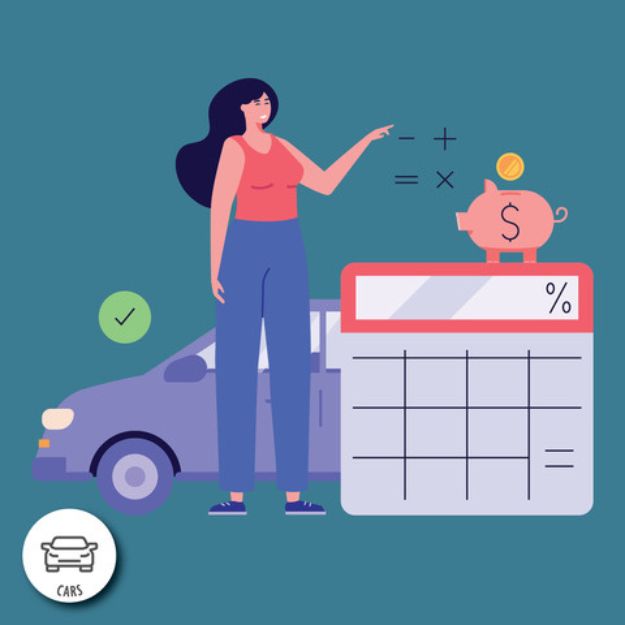What I Wish I Learned in School: How to Manage Debt
Carrying ongoing debt can bring many challenges. The person is often stuck paying high interest rates. This, in turn, can prompt the debtor to only pay the minimum amount due each month. And that means making little headway on the actual balance. As time passes, they’ll keep acquiring new debt and keep falling deeper into the trap.
The good news is, it doesn’t have to be this way. With the right tools and information, you can learn to manage, and ultimately, eliminate your debt.
Here are nine steps for managing your debt and paying it down.
1. Organize your debt
First, list all your debts. Include credit cards, student loans, auto loans and any other outstanding balance you may carry. For each debt, note the following:
- Total amount owed
- Interest rate
- Minimum monthly payment
- Due date of monthly payment
Tally up your total debt monthly payments. Then, list your debts in order of interest rates, and then in order of outstanding balances.
2. Create a realistic budget
Track your income and expenses for several months. Then, set aside a reasonable amount for each spending category, ensuring you can adequately cover all of your monthly expenses. Finally, review your spending and look for ways you can increase your income and/or trim your expenses in any manner. Allocate these extra funds toward your debt payments.
3. Choose your debt payoff strategy
You have two primary choices here:
- The avalanche method. Here, you’ll start with the debt that has the highest interest rate or highest balance, and maximize payments toward paying it off, then move on to the next until you’re debt-free.
- The snowball method. In this method, you’ll pay off the smallest debt first, and then work through the rest in ascending order.
Review each strategy carefully and choose the one that best aligns with your lifestyle.
4. Consider debt consolidation
If you’re dealing with a large amount of debt, you may want to consider debt consolidation. This involves combining multiple debts into a single loan with a lower interest rate. Doing so will simplify debt management by giving you just one monthly payment to manage, and can potentially lower overall interest paid, too.
5. Avoid accumulating additional debt
Limit the use of credit cards and refrain from financing new purchases while working on paying off debt. It may be helpful to destroy your credit cards and have your personal devices “forget” your credit card information so you don’t spend mindlessly.
6. Seek professional advice
If managing debt becomes overwhelming, consider consulting a financial advisor or credit counseling service. It’s important to verify any service you use by checking for an online presence, reading customer reviews, demanding complete transparency and being wary of any service that demands upfront payment and/or promises outrageous results.
7. Monitor your credit
It’s wise to review your credit usage on a regular basis, and this is especially relevant when you’re working toward paying down debt. You can obtain free credit reports once a year from each of the three major credit bureaus and check your score on sites like CreditKarma. It’s also important to review your monthly credit card statements for fraud.
8. Build an emergency fund
Having an emergency fund can prevent the need to incur additional debt during unforeseen circumstances. Aim for a fund amounting to three to six months’ worth of living expenses.
9. Stay committed and patient
Celebrate small victories along the way to stay motivated. Consistency and perseverance are the keys to achieving financial freedom.
Follow these tips to learn how to manage and pay down your debt for good.




















